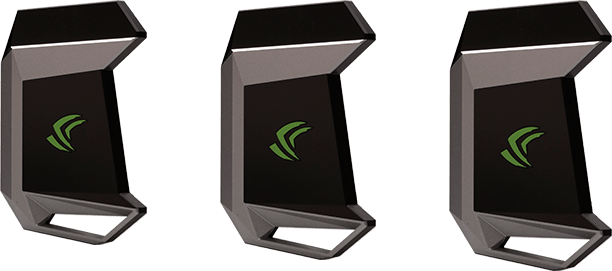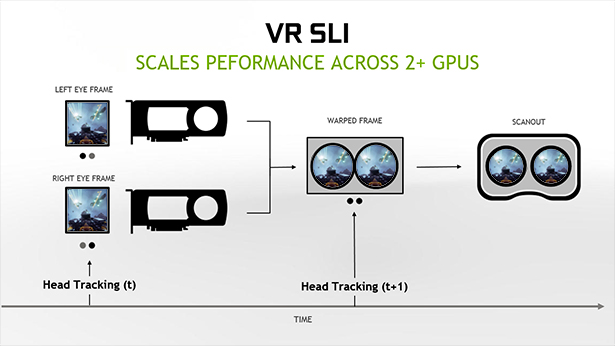Hands-On With Nvidia's Titan X (Pascal) In SLI
We test VR, SLI, Nvidia's new high-bandwidth bridges, and the concern that HBM2 might have been a better choice for Titan X.
Less SLI Is More SLI
As you no doubt read in our Nvidia GeForce GTX 1080 Pascal Review, Nvidia is curtailing SLI quite a bit. The 1060 doesn't support SLI at all. Moreover, the 1070 and 1080 officially only support two-way configurations in real-world games. The same goes for Titan X. If you were hoping to run three or four of these, you’d have to jump through some hoops. And even then, they’ll only work in approved benchmarks (not games you'd actually play). If you absolutely must try a three- or four-way arrangement in something like 3DMark, you'll need to generate a unique hardware signature using software from Nvidia that can be used to request an “unlock” key.
Last but not least, the Pascal-based boards introduce a new SLI bridge dubbed "SLI HB Bridge," which Nvidia claims "doubles the bandwidth of previous SLI bridges." Technically, you can still use the old "soft" SLI bridges, though.
For reference, the bandwidth of old-school SLI bridges has long been officially quoted as "up to 1 GB/s." At the Pascal launch event, Nvidia mentioned the new SLI bridges supporting a higher pixel clock of 650 MHz (versus the older interface’s 400 MHz), while allowing for a dual-link connection, effectively bringing the available bandwidth in the 3GB/s range for two-way SLI configurations. By comparison, that's less than four lanes of PCIe 3.0 bandwidth.
Nvidia asks you to shell out $40 plus shipping and handling for these, and the company sells them directly on its site. EVGA offers them too.
From an engineering perspective, we really don't care that three- and four-way SLI support was dropped. Based on the multi-GPU rendering technique commonly used (Alternate Frame Rendering), PCs with several graphics cards contend with increased latency, diminishing scaling beyond two GPUs, compatibility issues (especially when it comes to zero-day game support), and a lack of functionality in VR. Particularly given the performance of today’s Pascal-based GPUs, the only way three- and four-way setups make sense is for synthetic benchmarking. Hopefully that means Nvidia will put more effort into improving the current state of two-way SLI.
Furthermore Nvidia continues work on VR SLI as a complement to the single-screen-focused AFR, which needs no more than two GPUs to operate at peak efficiency.
Get Tom's Hardware's best news and in-depth reviews, straight to your inbox.

